Tongariro Hiking Route Guide: Best Trails & Transportation Tips
Tongariro National Park, New Zealand’s first national park and the world’s fourth, is a UNESCO World Heritage Site recognized for its natural and cultural significance in 1990. It is also one of the main filming locations for The Lord of the Rings, adding to its allure. The park is home to three active volcanoes: Tongariro (Mt Tongariro), Ngauruhoe (Mt Ngauruhoe), and Ruapehu (Mt Ruapehu).
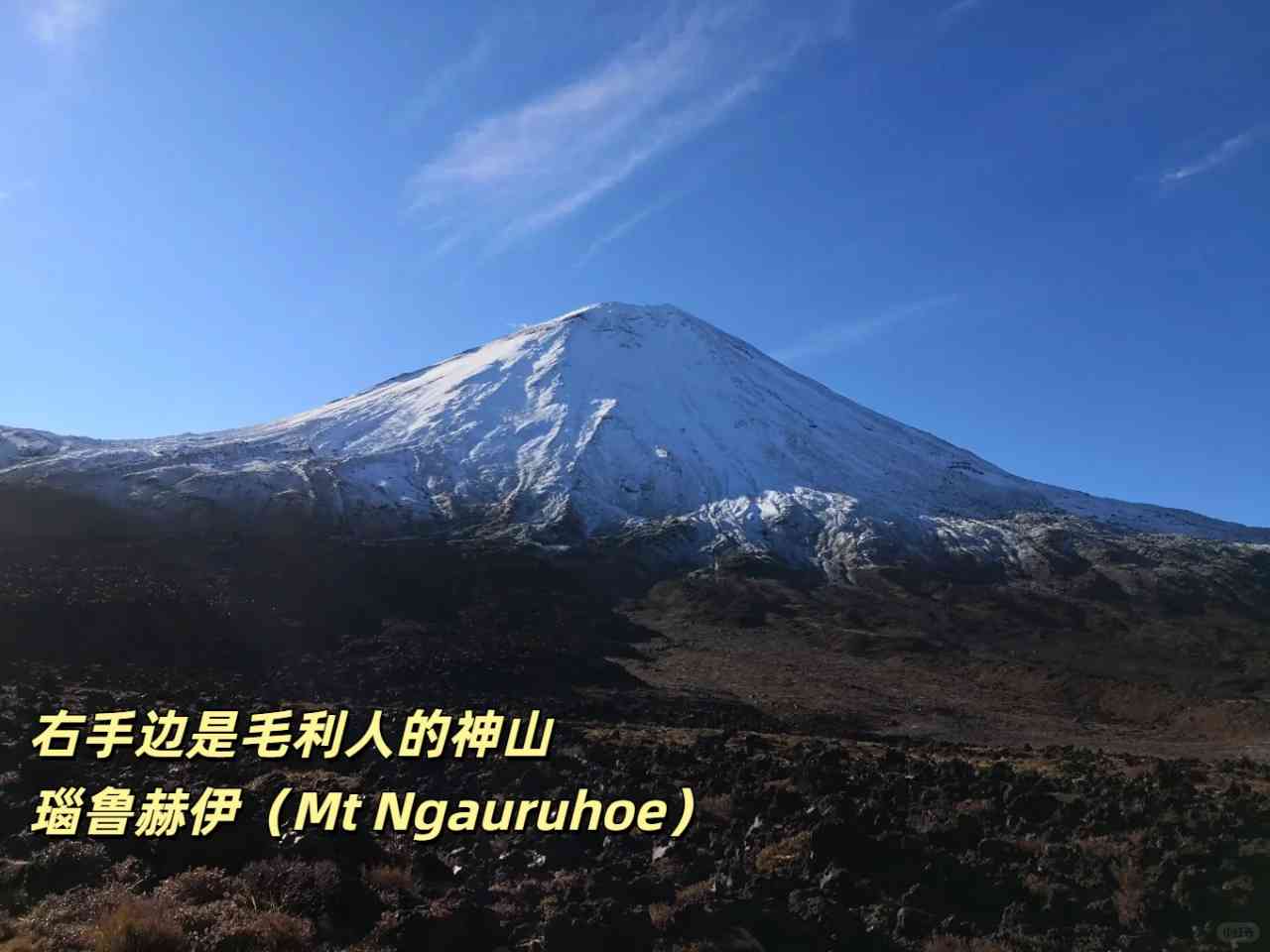
We will meet at the Taupo Visitor Centre and set off at 5:00 AM, embarking on a 1.5-hour drive to the starting point of our adventure.
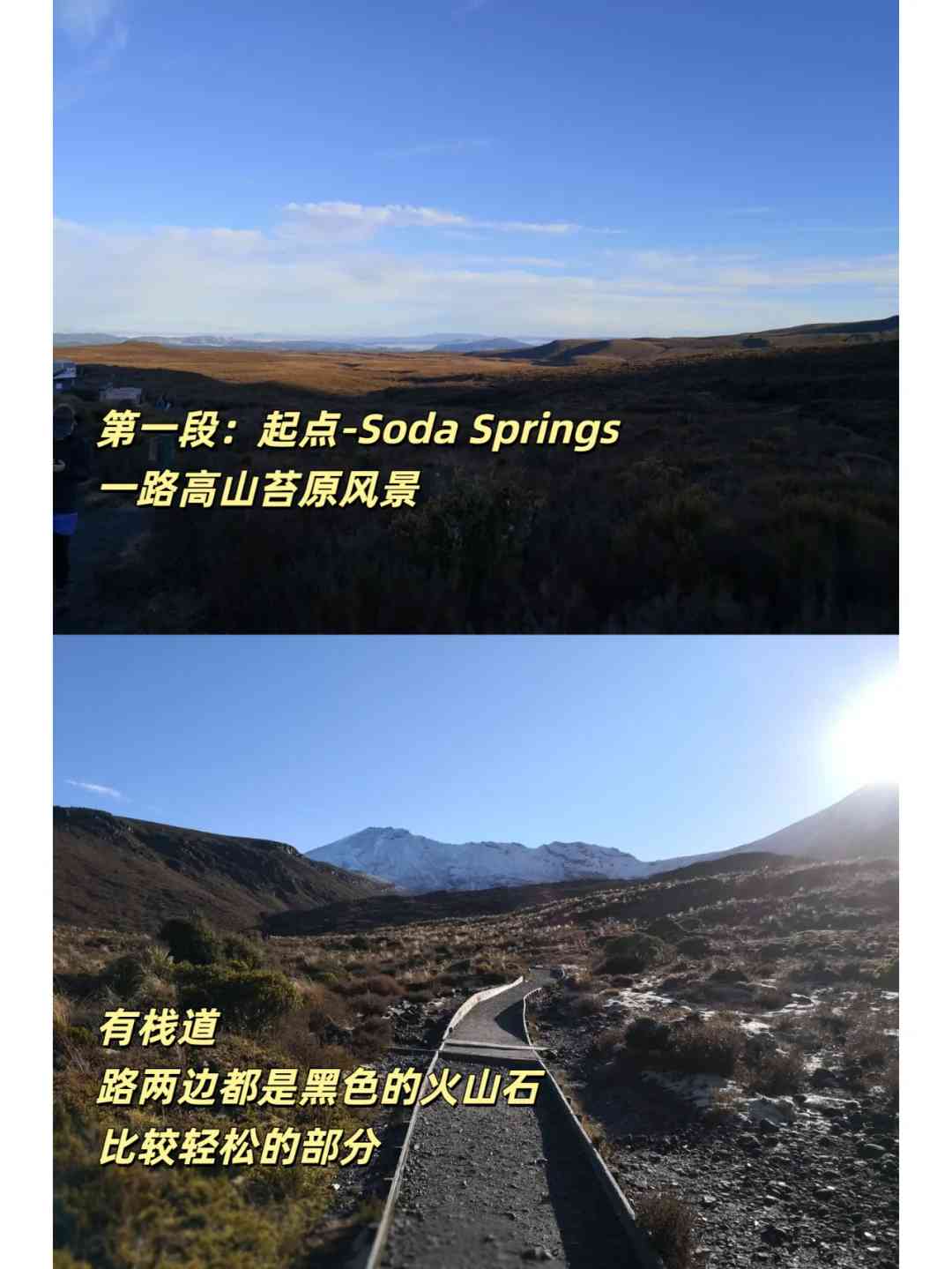
**Route Introduction:**
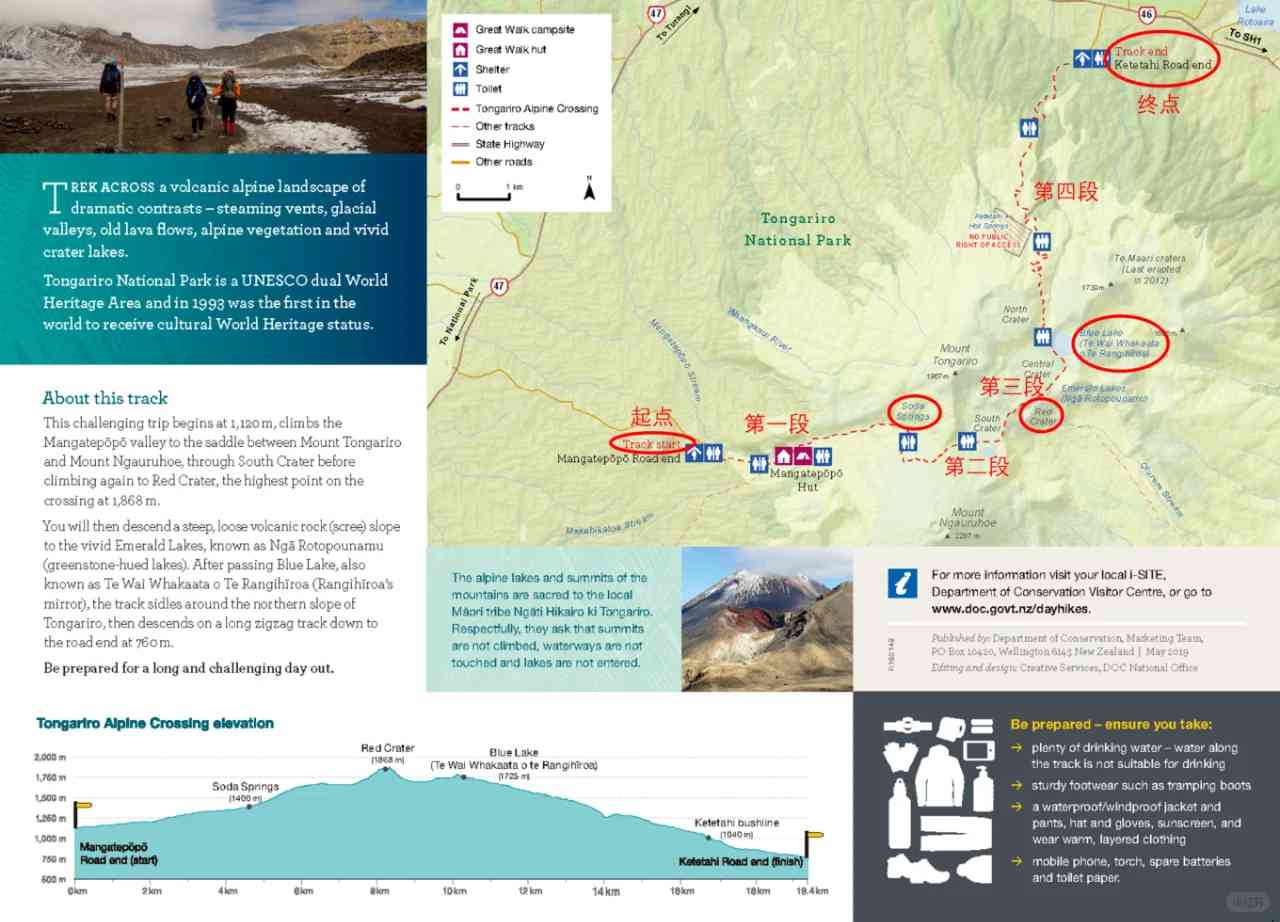
**Section 1️⃣: Start—Soda Springs (2HR):** This initial part of the journey takes you through alpine tundra and over boardwalks, making it a relatively easy and scenic start to your hike.
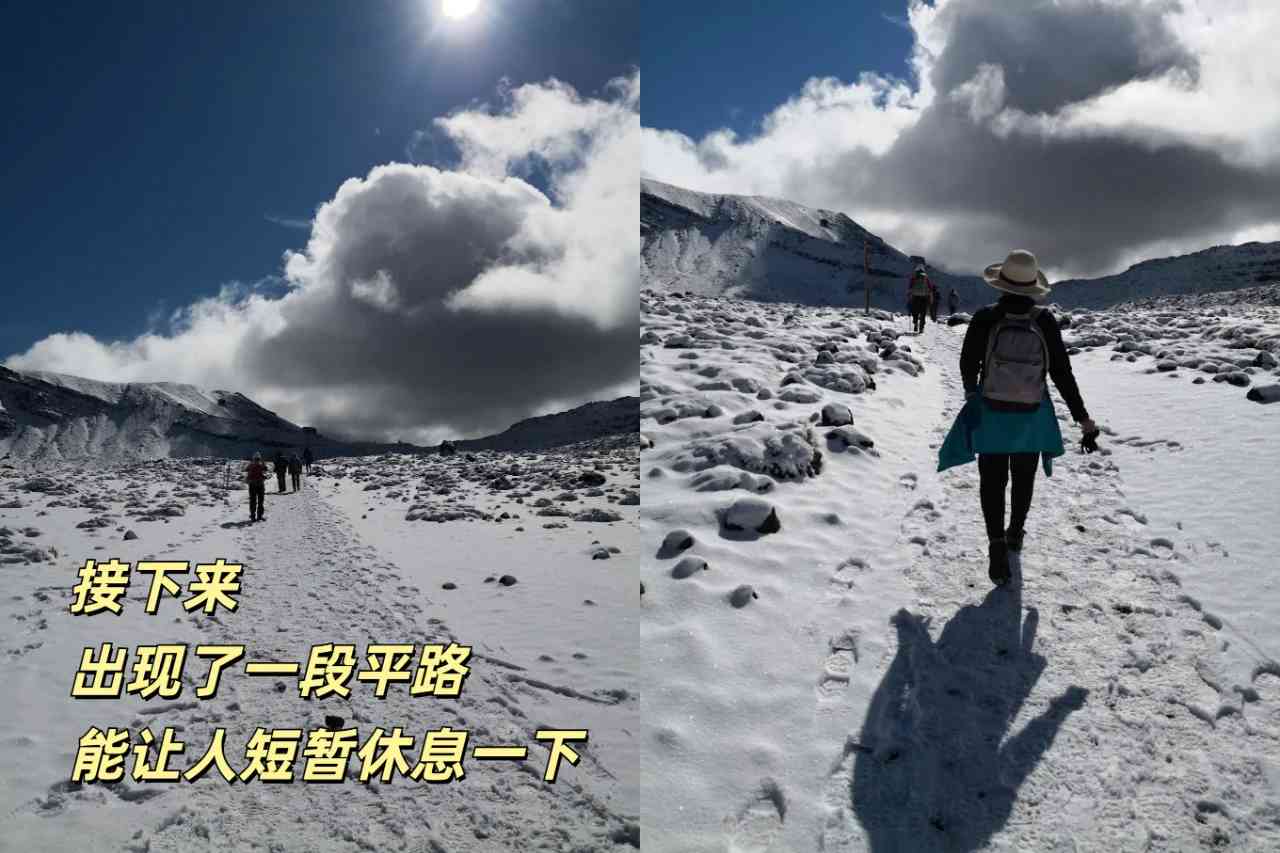
**Section 2️⃣: Soda Springs—Red Crater (2HR):** This segment involves continuous climbing, with breathtaking views along the way. You’ll reach the highest point of the entire route at an altitude of around 1686m, offering panoramic vistas that are truly unforgettable.
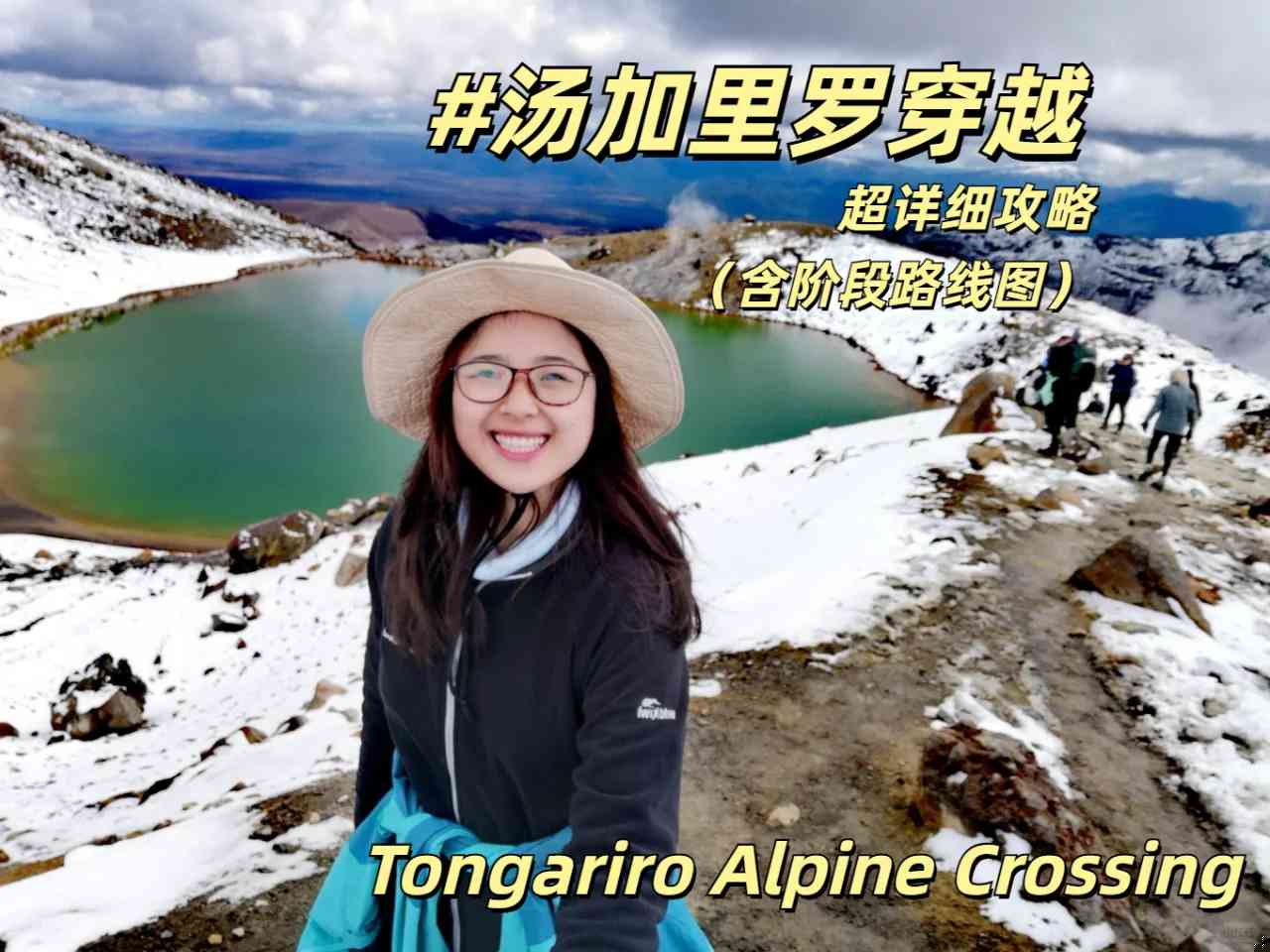
**Section 3️⃣: Red Crater—Blue Lake (2HR):** Here, you’ll continue with some snow climbing, providing a high vantage point to see the stunning Emerald Lake. Afterward, you’ll navigate a slope made of loose rocks to reach the serene Blue Lake.
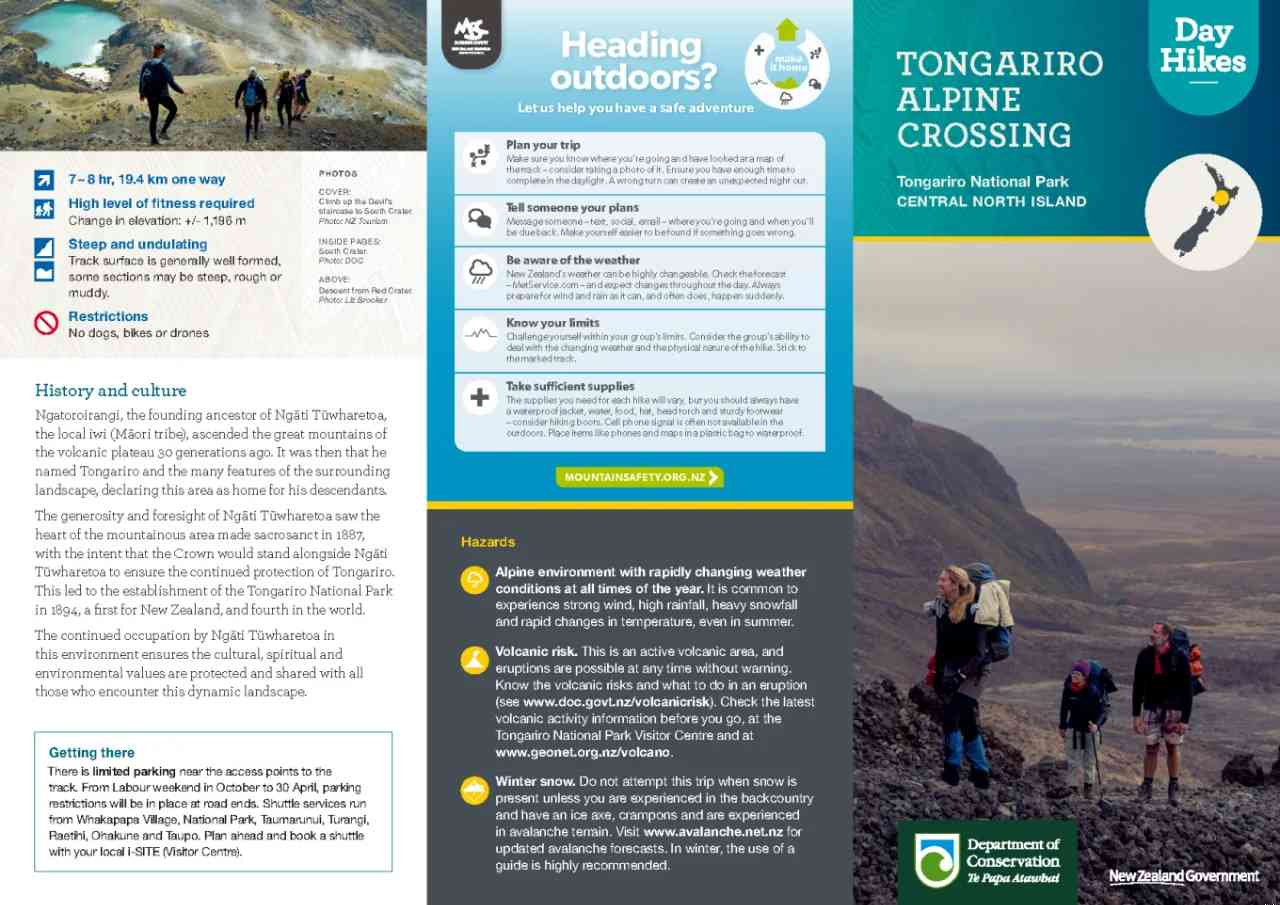
**Section 4️⃣: Blue Lake—Ketetahi End (2HR):** This final section involves a long descent, with distant views of Lake Rotoaira. The path, though long, is filled with beautiful scenery that makes the journey worthwhile.

**Key Information:**
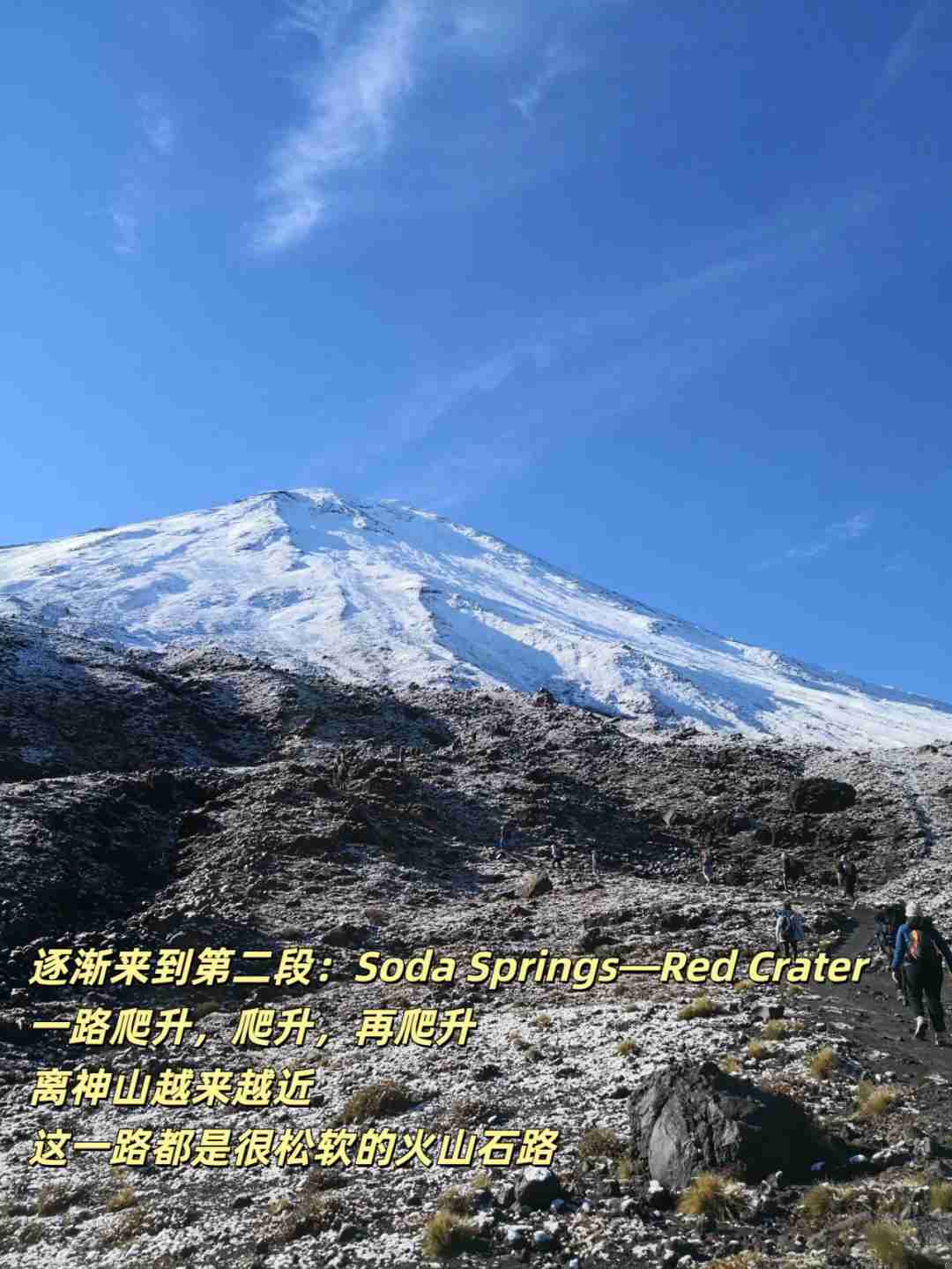
1️⃣: This is a 7-8 hour hike, covering 19.4km. It is recommended for those who are physically fit and prepared for a challenging trek.
2️⃣: The trail is one-way, with different start and end points. If you’re driving, you’ll need to take a shuttle bus from the endpoint back to the start to retrieve your vehicle.
3️⃣: There are no supply points along the way, so be sure to bring your own food and water to stay energized and hydrated throughout the hike.
4️⃣: The elevation is high, and in winter, the trail can be covered in snow and ice. Essential equipment such as crampons, trekking poles, and gloves are necessary to ensure your safety and comfort.
5️⃣: While the map marks restrooms, they may not always be visible or accessible. Plan accordingly and be prepared for limited facilities.

